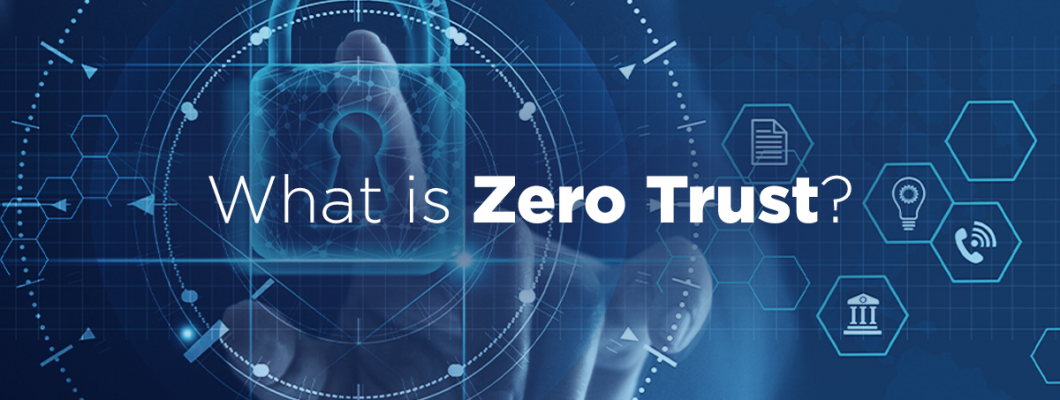
In the landscape of corporate cybersecurity, the concept of "trust" is undergoing a radical transformation. While until a few years ago the traditional security model was based on the principle "trust and verify," today the Zero Trust approach completely reverses this logic: "never trust, always verify." For Italian SMEs, increasingly digitized and interconnected, understanding and implementing a Zero Trust Architecture is no longer optional but a strategic necessity to protect data, systems, and critical business processes.
What is Zero Trust Architecture
Zero Trust Architecture (ZTA) is a security paradigm that eliminates implicit trust in the corporate network. Unlike the traditional "castle and moat" model, where everything inside the corporate perimeter is considered trusted, Zero Trust treats every access request as potentially hostile.
Fundamental Principles
Never Trust, Always Verify: Every user, device, and application must be authenticated and authorized before accessing corporate resources, regardless of their location in the network.
Least Privilege Access: Users obtain only the minimum permissions necessary to perform their specific functions, reducing the risk of privilege escalation.
Assume Breach: The model assumes that the network is already compromised, implementing granular controls to limit lateral movement of attackers.
Why Italian SMEs Must Consider Zero Trust
The Threat Landscape
Italian SMEs represent 99.9% of the national business fabric and are increasingly targeted by cybercriminals. According to the latest CNAIPIC report, ransomware attacks against SMEs increased by 156% in 2024, with an average damage of €85,000 per incident.
Accelerated Digital Transformation
The pandemic has accelerated the adoption of cloud technologies, remote work, and SaaS applications. This has dissolved the traditional network perimeter, making security models based exclusively on perimeter firewalls obsolete.
Compliance and Regulations
With GDPR, the NIS2 Directive, and increasing sectoral compliance requirements, SMEs must demonstrate robust and documented security controls. Zero Trust provides a structured framework to meet these requirements.
Practical Implementation: The SME Roadmap
Phase 1: Assessment and Planning (2-4 weeks)
Asset Inventory
- Map all corporate devices, applications, and data
- Identify critical data flows and interdependencies
- Catalog current users, roles, and privileges
Risk Assessment
- Analyze existing vulnerabilities in the infrastructure
- Identify the most sensitive data (PII, intellectual property, financial data)
- Map potential attack vectors
Priority Definition For an SME with limited budget, I suggest starting with:
- Protection of business-critical applications
- Administrative access control
- Protection of sensitive data
Phase 2: Identity and Access Management Implementation (4-8 weeks)
Multi-Factor Authentication (MFA) Implement MFA for all accounts, starting with:
- Administrative accounts (maximum priority)
- Access to financial and HR systems
- Cloud applications and corporate email
Single Sign-On (SSO) Centralize authentication through solutions like:
- Microsoft Azure AD / Entra ID
- Okta (for multi-vendor environments)
- Google Workspace Identity
Privileged Access Management (PAM)
- Implement dedicated administrative accounts
- Activate just-in-time access for elevated privileges
- Logging and monitoring of all privileged activities
Phase 3: Endpoint Security (3-6 weeks)
Endpoint Detection and Response (EDR) Replace traditional antivirus with EDR solutions:
- Microsoft Defender for Business (ideal for SMEs)
- CrowdStrike Falcon Go
- SentinelOne Singularity
Device Compliance
- Define compliance policies for corporate devices
- Implement Mobile Device Management (MDM) for smartphones and tablets
- OS version control and automated patch management
Phase 4: Network Segmentation (4-8 weeks)
Micro-segmentation
- Isolate critical systems (servers, databases, sensitive applications)
- Implement dedicated VLANs for IoT and unmanaged devices
- Configure internal firewalls for east-west traffic control
Software-Defined Perimeter (SDP) For SMEs with remote employees, consider:
- Zero-trust VPN (Zscaler, Cloudflare Access)
- Application-based access instead of network-based
- End-to-end encrypted tunneling
Phase 5: Monitoring and Analytics (2-4 weeks)
Security Information and Event Management (SIEM) For SMEs, cloud-native solutions like:
- Microsoft Sentinel
- Splunk Cloud
- Elastic Security
User and Entity Behavior Analytics (UEBA)
- Monitoring of behavioral anomalies
- Detection of compromised accounts
- Access pattern analysis
Reference Technical Architecture
Core Components for SMEs
Identity Provider (IdP)
- Azure AD / Entra ID as identity backbone
- Integration with on-premises Active Directory via Azure AD Connect
- Risk-based Conditional Access policies
Network Security
- Next-generation firewall (NGFW) with SSL inspection capabilities
- Secure Web Gateway for web traffic control
- DNS filtering to block malicious domains
Data Protection
- Microsoft Information Protection for automatic classification
- Data Loss Prevention (DLP) on email and cloud applications
- Encrypted backup with immutable storage
Integration with Existing Systems
ERP and Management Systems
- API gateway implementation for granular access control
- SSO integration with legacy applications via SAML or LDAP
- Monitoring of sensitive transactions
Production Systems
- OT/IT segmentation for industrial environments
- Dedicated jump servers for critical system access
- Role-based access control for operational roles
Case Study: Implementation in Manufacturing Company
Scenario
Manufacturing SME with 120 employees, SAP ERP systems, Industry 4.0 production, and 40% of workforce in smart working.
Implementation
Month 1-2: Azure AD Premium deployment with mandatory MFA Month 3-4: Microsoft Defender for Business implementation on all endpoints Month 5-6: Network segmentation with OT/IT separation and jump server implementation Month 7-8: Microsoft Sentinel deployment for centralized monitoring
Results
- 78% reduction in false positive security alerts
- Incident response time reduced from 4 hours to 30 minutes
- Documented and verifiable GDPR compliance
- Positive ROI from the first year thanks to reduced management costs
Budget and Costs for SMEs
Initial Investment (50-150 employees)
- Software licenses: €15,000 - €25,000/year
- Implementation services: €20,000 - €40,000 (one-time)
- Additional hardware: €5,000 - €15,000
Annual Operating Costs
- Licensing and subscription: €250-400 per user/year
- Managed services: €2,000 - €5,000/month
- Training and certifications: €3,000 - €5,000/year
Typical ROI
SMEs implementing Zero Trust generally see:
- 60-80% reduction in security incidents
- 40-50% decrease in IT management costs
- 25-35% improvement in user productivity
- Payback period: 12-18 months
Common Challenges and How to Overcome Them
Resistance to Change
Problem: Employees perceive additional controls as obstacles to productivity. Solution: Gradual implementation with structured change management, continuous training, and communication of benefits.
Technical Complexity
Problem: SMEs often lack specialized internal expertise. Solution: Partnerships with specialized system integrators and cloud-native solutions that reduce management complexity.
Limited Budget
Problem: Investments perceived as too high. Solution: Phased approach with immediate quick wins, exploitation of tax incentives (Transition Plan 4.0) and demonstrable ROI.
Evolution Roadmap
Short Term (6-12 months)
- Foundation consolidation: IAM, MFA, EDR
- Access policy optimization
- Advanced IT team training
Medium Term (1-2 years)
- AI/ML implementation for threat detection
- Extension to suppliers and partners
- Security certifications (ISO 27001, SOC 2)
Long Term (2-3 years)
- Complete Zero Trust for all workloads
- Integration with partner ecosystem
- Positioning as trusted supplier for large clients
Conclusions
The implementation of a Zero Trust Architecture represents for Italian SMEs a strategic opportunity for competitive differentiation and business protection. It's not just a technical necessity, but an investment that enables growth, innovation, and market trust. The key to success lies in a pragmatic and gradual approach that balances investments, internal expertise, and business objectives. With proper planning and technological partnerships, even SMEs can implement enterprise-grade security controls, transforming cybersecurity from a cost to a competitive advantage. The future of corporate security is Zero Trust. For Italian SMEs, the time to start this journey is now.
For more information on implementing Zero Trust Architecture in your company, contact the DEV74 expert team. We offer free assessments and personalized roadmaps for Italian SMEs.

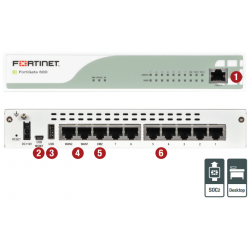
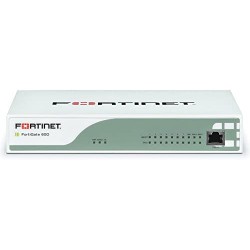
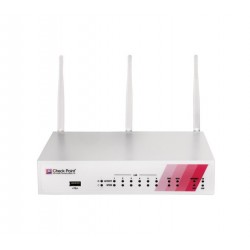

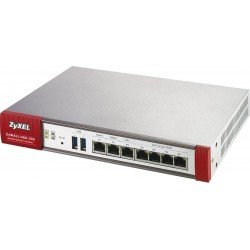
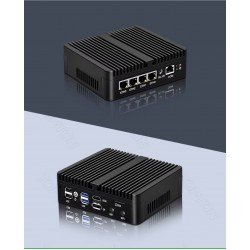
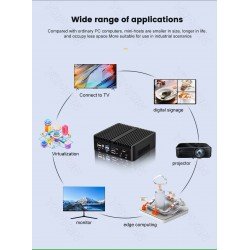
Leave a Comment